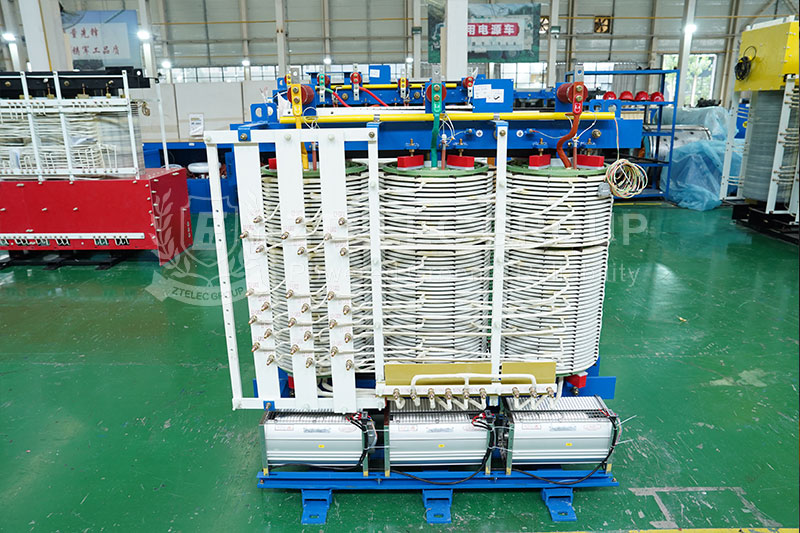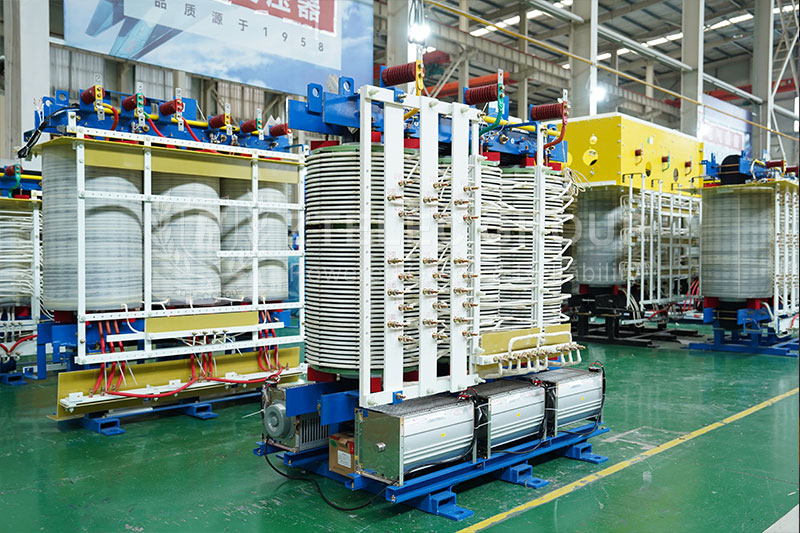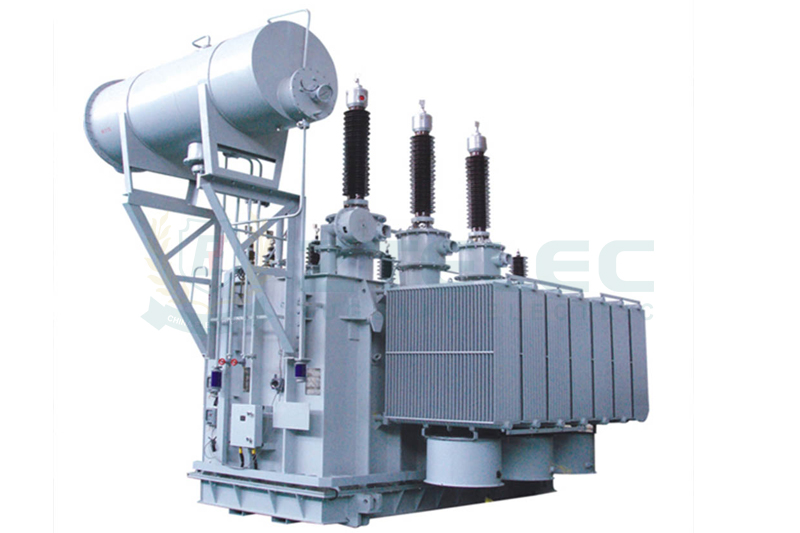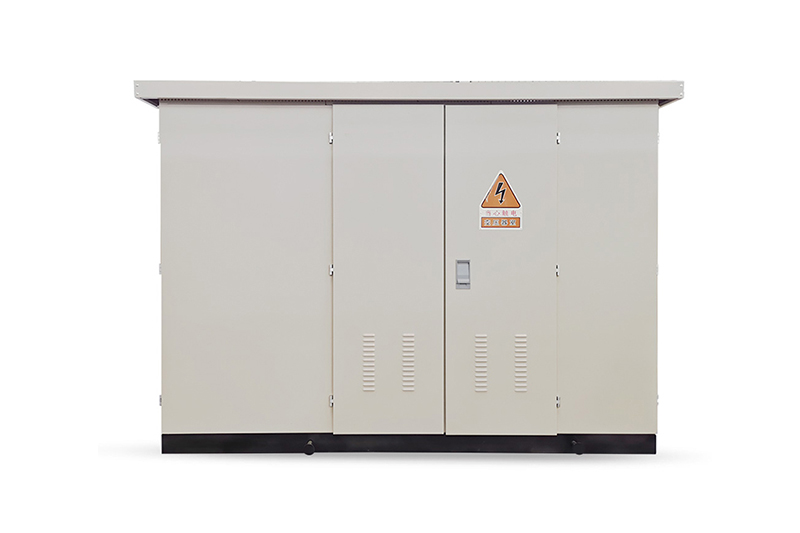Phase-Shifting Transformer: An Important Device for Enhancing Power System Stability
Time:2024-09-28 Auther:ZTelec-www.ztelectransformer.com
In the context of increasingly complex and diversified power systems, improving the stability and reliability of the power grid has become a significant task in the field of electrical engineering. Among these efforts, the phase-shifting transformer, as a special type of transformer, plays an indispensable role in power dispatch and load balancing due to its unique technical characteristics and application advantages. This article will delve into the working principles, technical features, application areas, and future development prospects of phase-shifting transformers.
1.Working Principle of Phase-Shifting Transformers:
Phase-shifting transformers are primarily used to achieve phase shifting within power systems, typically by adjusting the phase angle to control power flow. The basic structure of this transformer is similar to that of traditional transformers, but the design and interconnection of its windings differ. In the most common configuration, multiple windings of the phase-shifting transformer can be connected according to specific phase differences, enabling phase adjustment without changing the voltage magnitude.

Specifically, the operation of a phase-shifting transformer can be summarized in the following steps:
- Power Input: The primary winding of the transformer receives electrical energy from the power source.
- Phase Shift: By adjusting the connections between the windings, the phase of the input power can change.
- Power Output: After the phase adjustment, the electrical energy is output through the secondary winding for load usage.
The ability to adjust phases allows phase-shifting transformers to flexibly redirect current flow, thereby enabling effective power distribution.
2.Technical Features of Phase-Shifting Transformers:
Phase-shifting transformers possess several unique technical features that provide significant advantages in power systems:
- Reactive Power Control: Phase-shifting transformers can effectively control the flow of reactive power, adjusting the system’s power factor through phase shifting. This helps improve the power quality of the system and reduces the losses associated with reactive power.
- Enhanced System Stability: There is a certain interaction between the power source and the load within the power system. Phase-shifting transformers can enhance system stability and reduce the occurrence of power faults by optimizing current flow and minimizing flow shocks.
- Strong Adaptability: As the demands of power systems continue to change, phase-shifting transformers can adjust flexibly under various operating modes, adapting to multiple scenarios. This has led to widespread attention and application in emerging fields such as distributed generation and electric vehicle charging stations.
- Environmental Benefits: Compared to traditional power dispatch methods, the use of phase-shifting transformers can effectively reduce energy losses and minimize environmental impact, aligning with sustainable development principles.

3.Application Areas of Phase-Shifting Transformers:
The applications of phase-shifting transformers cover multiple areas, primarily including:
- Power Dispatch Centers: In power dispatch centers, phase-shifting transformers can dynamically adjust power flow between different regions based on real-time power demands, ensuring a balanced supply of electricity to various loads.
- Wind and Solar Power Generation: With the rapid development of renewable energy, phase-shifting transformers play a critical role in wind and solar power generation systems. By optimizing output phase, phase-shifting transformers can enhance the stability of grid integration and reduce fluctuations.
- Smart Grids: In the construction of smart grids, phase-shifting transformers provide technical support for achieving highly automated and flexible power management. By integrating advanced information technology, phase-shifting transformers can monitor and adjust grid states in real-time, enhancing the intelligence of power systems.
- Industrial and Commercial Power Management: For large industrial users and commercial buildings, phase-shifting transformers can effectively control power consumption, optimize energy use, and improve economic benefits.
4.Future Development Prospects:
As the power industry continues to evolve, phase-shifting transformers are also undergoing constant updates and advancements. In the future, their development prospects will mainly reflect the following aspects:
- Technological Innovation: The introduction of new materials and technologies will further enhance the performance and efficiency of phase-shifting transformers. For example, the application of superconducting materials in phase-shifting transformers may substantially reduce energy losses.
- Intelligence and Digitization: With the development of smart grid and Internet of Things technologies, phase-shifting transformers will deeply integrate with various smart devices and platforms, forming a more efficient power management system.
- Renewable Energy Integration: The future proliferation of renewable energy globally will drive sustained demand for phase-shifting transformers to achieve more coordinated power distribution.
Phase-shifting transformers play an undeniably important role in modern power systems with their unique functions. By effectively controlling power flow and optimizing reactive power management, phase-shifting transformers demonstrate significant potential and advantages in maintaining system stability and improving power quality. Looking ahead, with continual technological innovations and developments, phase-shifting transformers will undoubtedly play a more vital role in power systems, contributing to the sustainable development of global electricity.




